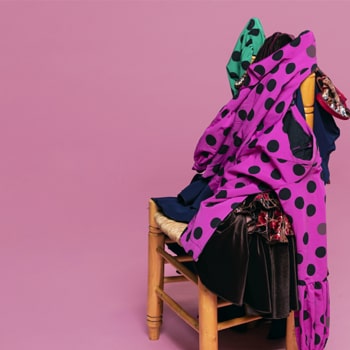F
Falseta
The melodic progression of the guitarist. (or, alternatively, following the advice of my native proofreader: Melodic phrase or flourish that is interspersed between the successions of chords intended to accompany the copla.)
Fandango
The origins of the fandango have long been the subject of controversy: different hypotheses place it in Andalusia, Aragon or the Canary Islands, while others include influences from the West Indies, Latin America and the Moorish peoples. The fandango is considered by many to be an old Spanish dance, very common in Andalusia, sung with guitar accompaniment. The typical ones are those from Huelva that sometimes end with verdiales, another flamenco song. The style is important in traditional Spanish and Portuguese dance and has been included in many classical compositions. Over the years, various sub-styles have developed. There are, for example, typical fandangos from Huelva and Malaga, the style of the latter known as verdiales. New versions have also emerged such as fandanguillos, a faster style of fandango.
Farruca
It probably originated in Galicia, where it developed from the traditional Christmas songs known as carols. This style of flamenco also has influences from Celtic folk music, typical of the Galicia region, while others have pointed to connections with fado, a traditional form of Portuguese music and song. Other similarities include the zambra, which is typical in Granada. Both the farruca and the zambra share similar rhythms.
G
Golpe
This is what the flamenco guitarist uses to create percussion and rhythm is called in the flamenco context.
Guajira
It is a version of flamenco with Cuban influence. The original guajira was brought back to Spain in the 16th century. This fast style of flamenco requires a seasoned guitarist.
J
Jondo
Deep way of singing. The most genuine Andalusian cante, with deep feeling.
